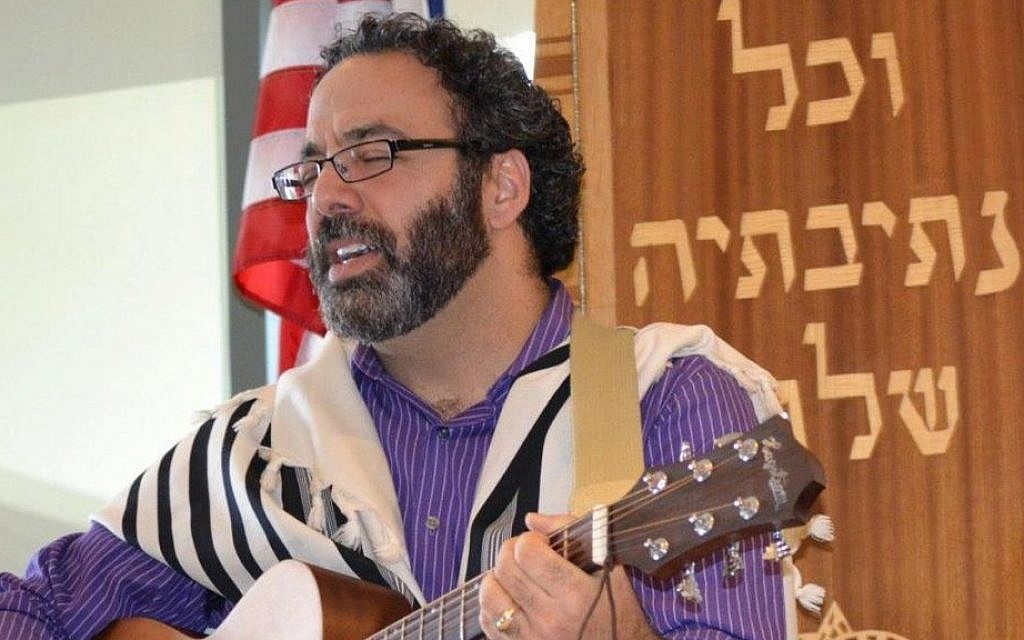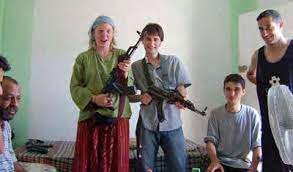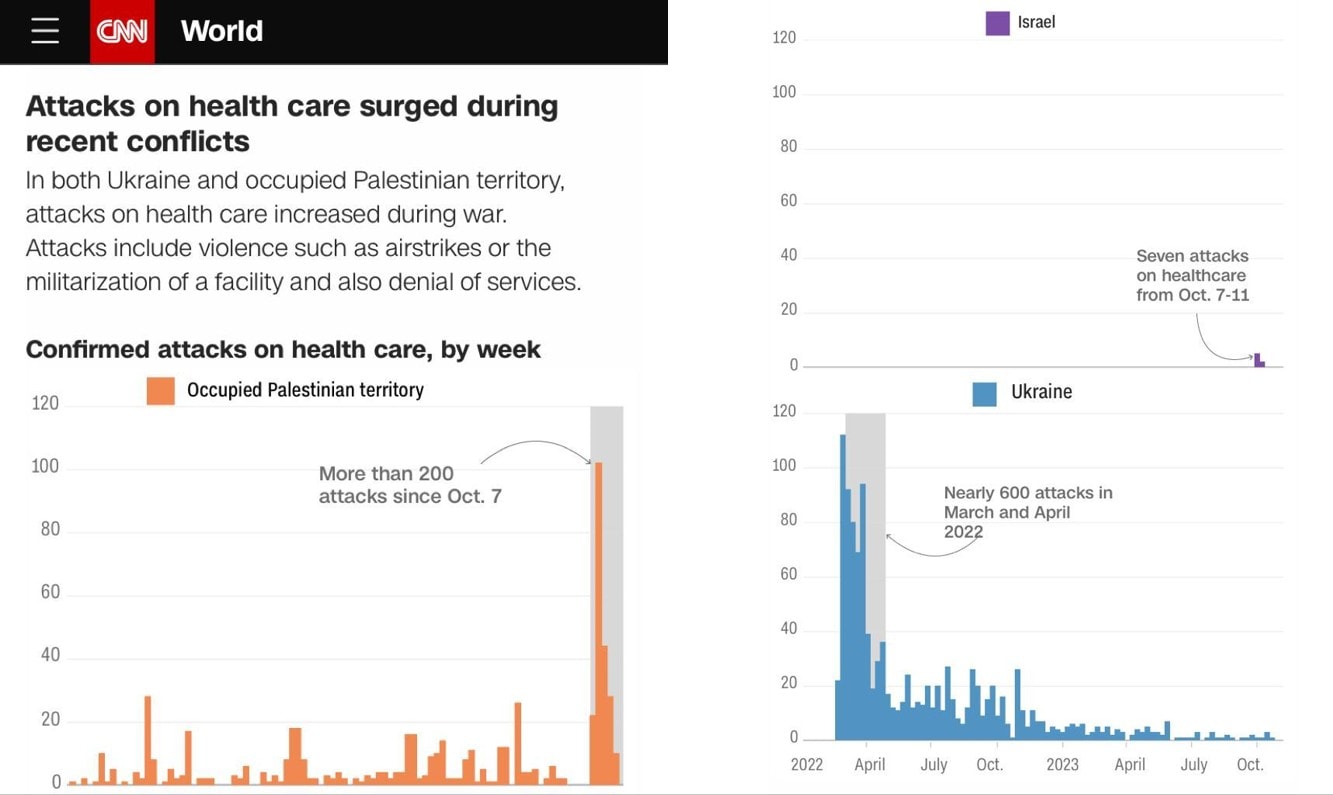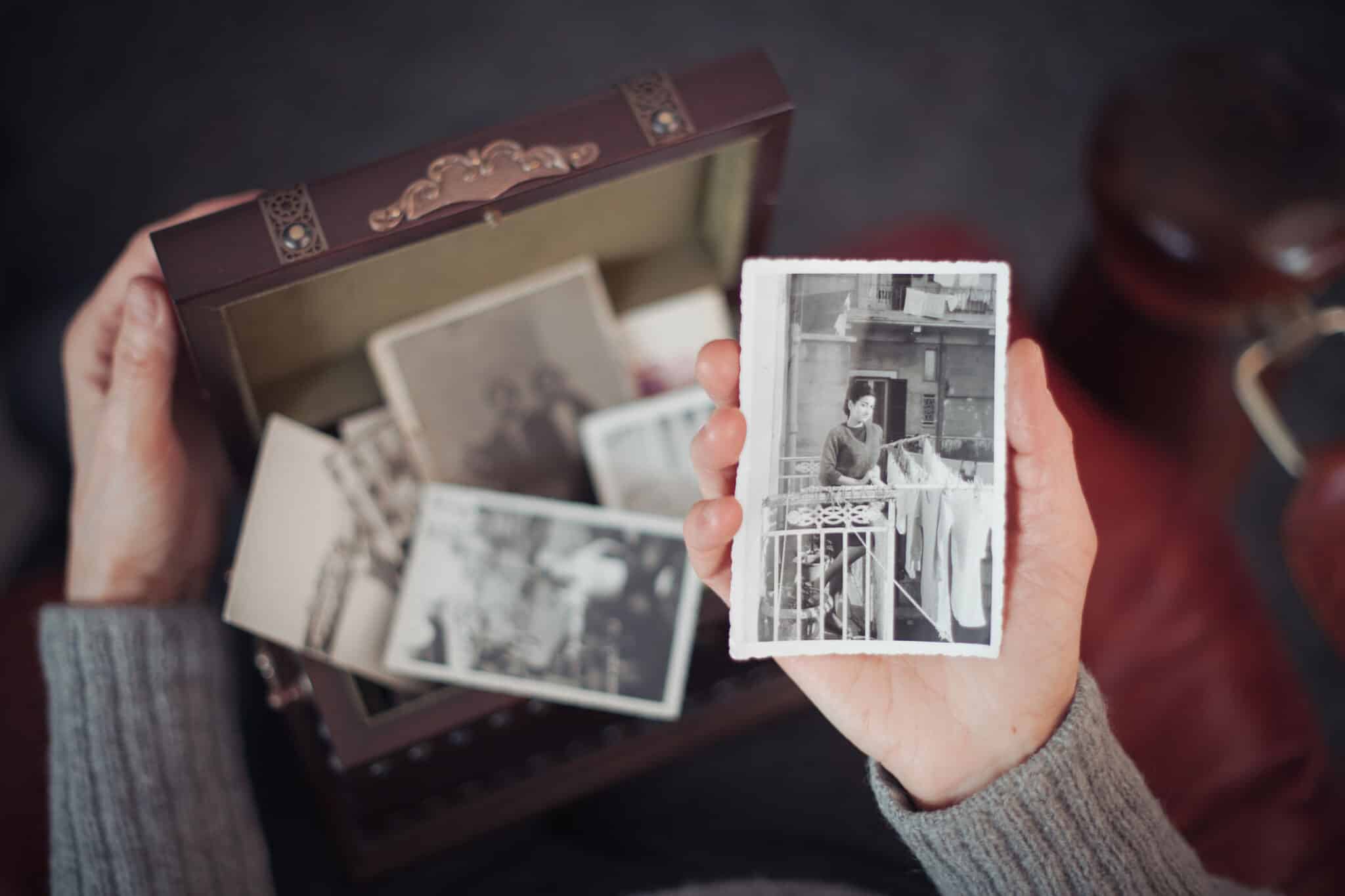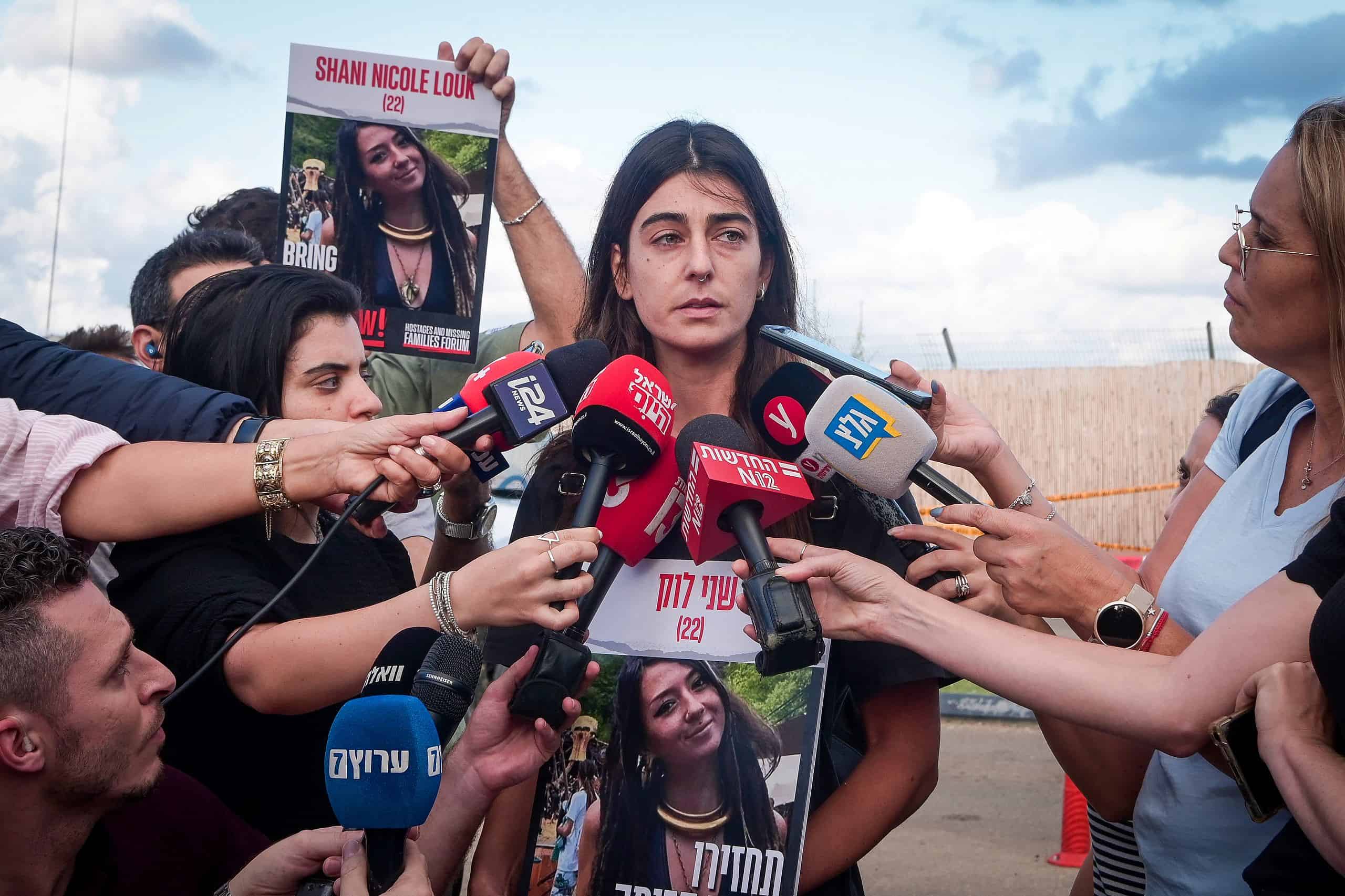Sixties Fan
Diamond Member
- Mar 6, 2017
- 59,386
- 11,272
- 2,140
- Thread starter
- #1,581
Sources in the Arab media report the cooperation of thousands of Gazans with the IDF in handing over locations of Hamas forces, locations of tunnels and IDF (Hamas, not IDF) warehouses and launch sites.
The cooperation began after the IDF distributed leaflets calling for the provision of information about the location of the Israeli abductees while promising financial compensation and safety for informants.
The sources report that, most of the information transmitters do not demand money but safe passage for them and their families.
The cooperation began after the IDF distributed leaflets calling for the provision of information about the location of the Israeli abductees while promising financial compensation and safety for informants.
The sources report that, most of the information transmitters do not demand money but safe passage for them and their families.
Last edited:



